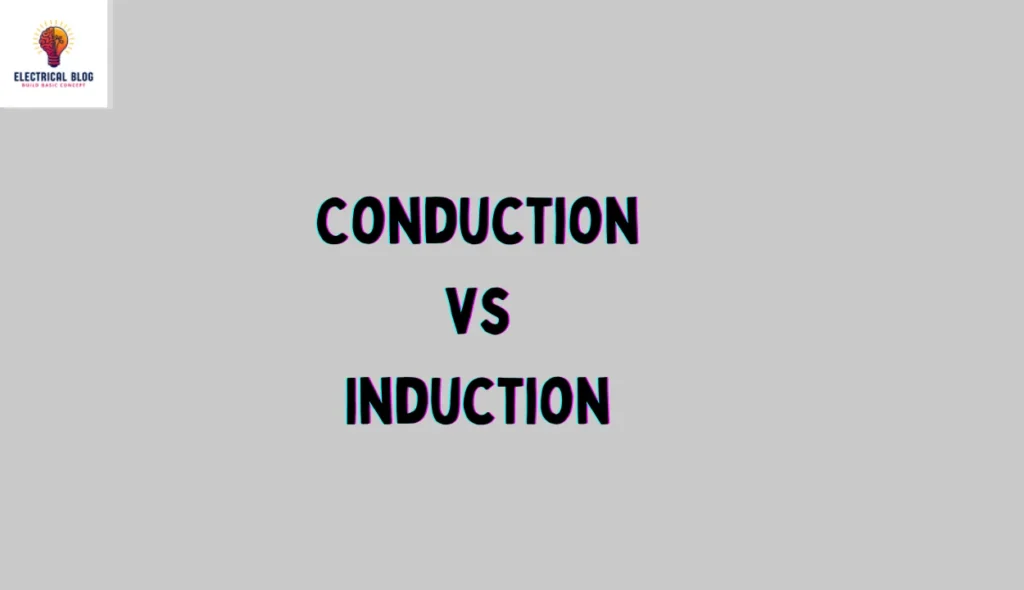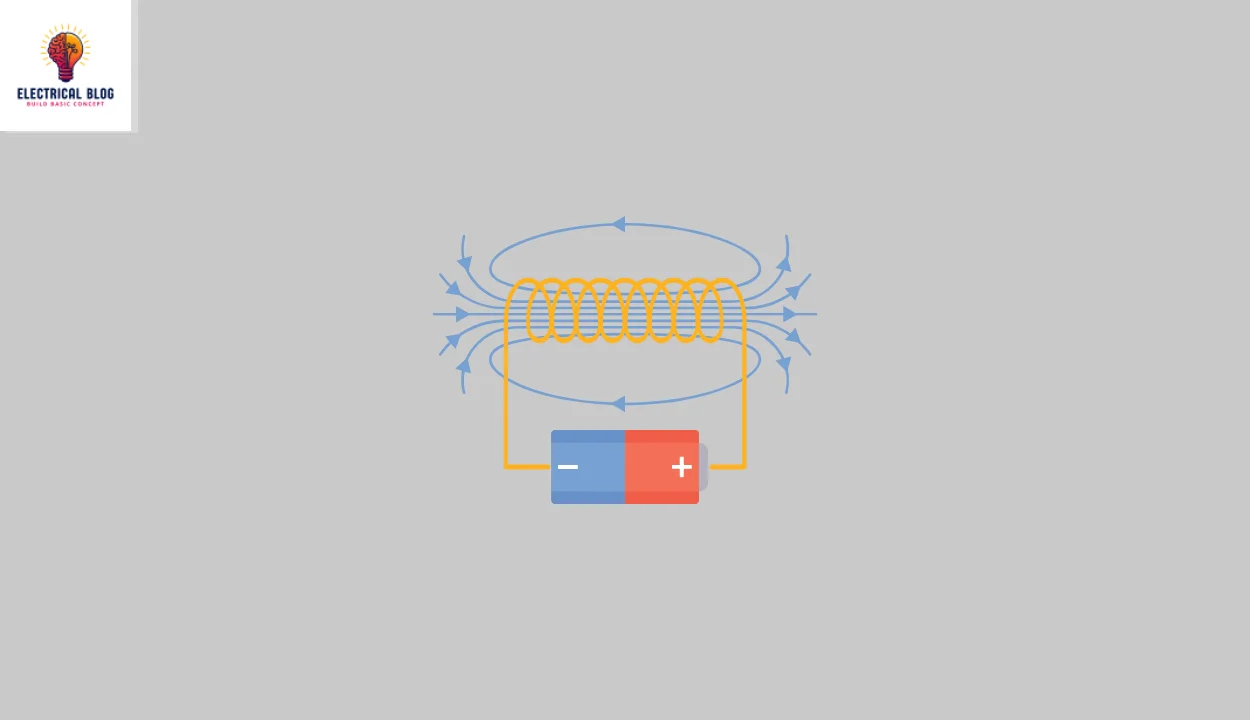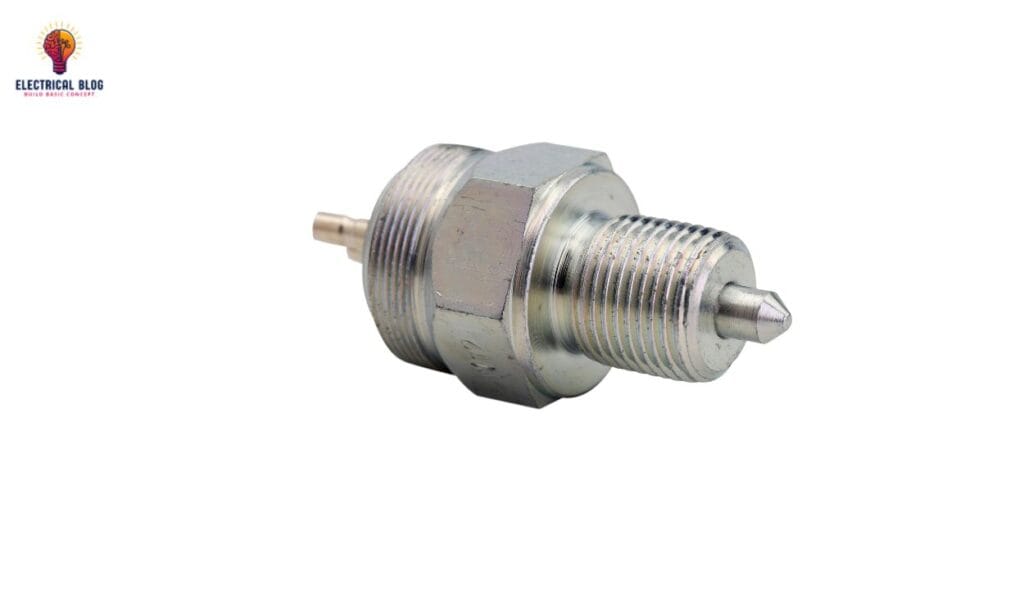Introduction
Understanding the major difference between conduction and induction is key when learning about electric charging. These two methods involve different ways of transferring charge. Conduction requires direct contact to charge a neutral body by a charged object, while induction achieves this without making contact. Both methods rely on specific factors that exist to guide the process of charge formation and cause unique differentiating characteristics in electrical behavior.
What is conduction?
Conduction is a phenomenon where energy moves through a conductor by direct contact. Imagine a negatively charged rod that is placed near a neutral sphere with an equal number of electrons and protons. When this contact happens, the electric field in both objects changes, and charges start to flow. This process leads to charge transfer between objects.
When a difference in potential exists across two ends of a conductor, electric current begins to move. This movement happens because the force applied by the electric field makes charges drift from one body to another. As the current keeps flowing, the movement of charges helps transfer energy efficiently.
The question often arises about how charges can move. As contact continues, the charge transferred through the flow of electrons explains this behavior. This flow can occur simultaneously within a connected system, ensuring a steady transfer of energy. Understanding this helps in identifying how conduction behaves across materials with varying potential differences. You can also read difference between Conductor and Insulator.
difference between conduction and induction
What is induction?
Induction is a phenomenon where an uncharged body becomes charged when placed near a charged conductor. According to Faraday, if an uncharged object is in a region where a magnetic field is present, an electric field is generated inside it. This generated field causes the movement of charges in the opposite direction within the body.
The flowing current in the conductor creates a magnetic field, which can induce a charge in other nearby bodies. As the electric field changes, this variation influences the behavior of carriers in the second body. This process happens when the charged object is placed close enough for the force to transfer. The induced charge behaves with opposite polarity to the original charge.
It’s noteworthy that this effect can occur across materials when energy is produced and transferred. As the current keeps flowing, the changing field helps induce new charges in the nearby object. This explains why the change in one system can directly impact two connected systems, showing how charge flows through placing objects nearer to each other. You can also read Synchronous Generators.
difference between conduction and induction
Examples of Conduction and Induction
Conduction Examples
Metal Spoon in Hot Water: When a metal spoon is placed in a cup of hot water, heat transfers from the water to the spoon through direct contact, warming the spoon.
Electric Wire in a Circuit: In a closed circuit, current flows through the conductors (wires) because of the electric field and contact between connected parts.
Iron Rod Heated by Fire: An iron rod placed in a fire gets heated by transferring heat through direct contact.
Touching a Charged Metal Object: If you touch a charged metal object, electrons transfer to your body through contact.
Induction Examples
Wireless Charging Devices: In devices like smartphones, energy is induced through a magnetic field without direct contact.
Induction Cooktops: These stoves generate heat in cookware using induction currents, while the cooktop itself stays cool.
Transformers: Electrical current is induced in the secondary coil by changing the magnetic field created by the primary coil.
Lightning Strike: When a charged cloud hovers above the ground, it can induce a charge on nearby objects, leading to a lightning discharge.
Key Differences Between Conduction and Induction
Conduction is a process that transfers charges from a charged body to a neutral one through direct contact, while induction transfers charges by inducing them without physical contact, but by placing two objects close to each other.
In conduction, current flows in the same direction in both objects, while in induction, equal currents flow in different directions within the objects.
For conduction to happen, a potential difference must exist between the two objects, requiring a gradient path for the charges to move. In induction, no gradient path is needed.
In conduction, the amount of charge on the initially charged object reduces after being transferred, while in induction, the charged object’s charge remains the same, and the other object develops opposite polarity.
Conduction requires physical contact, but induction only requires the objects to be placed close together without touching.
Conduction vs Induction
| Aspect | Conduction | Induction |
|---|---|---|
| Basic | Flow of current happens due to an electric field. | Flow of current occurs because of change in the magnetic field. |
| Contact Requirement | Requires direct contact between charged and uncharged bodies. | No contact is required; objects are simply placed nearby. |
| Current Direction | The current flows in the same direction in both conductors. | The induced current flows in the opposite direction to the actual current. |
| Gradient Path | A gradient path is necessary for transferring charges. | No gradient path is required since inducing charges do not need contact. |
| Amount of Charge | The amount of charge decreases as it gets distributed between objects. | The original charge remains constant, with no reduction in charge. |
Conclusion
In summary, both conduction and induction are key processes in transferring electrical energy, but they operate differently. Conduction requires direct contact and follows a gradient path, while induction works without contact by relying on a magnetic field. The current direction in conduction flows the same way, whereas induced current moves in the opposite direction. Additionally, conduction reduces the amount of charge in the charged object, while induction allows the charge to remain constant. Understanding the difference between conduction and induction helps in the better application of both concepts in practical electrical systems.





